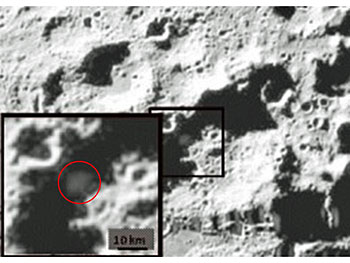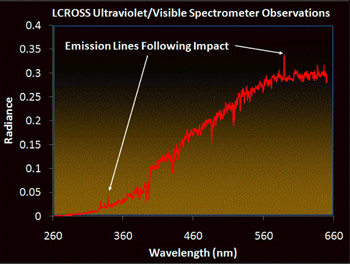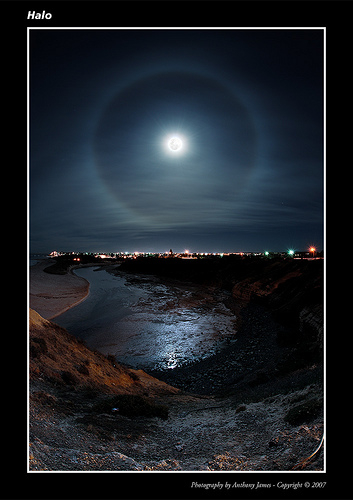Discover article on the Moon
Tuesday, April 13th, 2010
I wrote last week about my New Scientist article on lunar water, which came out in the April 3-9 issue. One of my regrets was that the article took so long in press, so that it was too late to affect any of the debate about NASA’s future strategy in space. (Of course, it was probably hubris on my part to think that one article in New Scientist would do anything more than one pebble thrown into a stream.)
However, I was pleased to see that my article at least “scooped” Discover magazine by a couple days! I got the May issue of Discover in last week’s mail, and right there on the cover was a big picture of the moon with the headline “The New Moon — Surprise: It’s Wet, Weird, and Oddly Inviting.”
The accompanying article was written by Andrew Grant, and it basically touches all the same bases that my article did. It made a big deal out of Larry Taylor, the long-time skeptic of water on the moon who told the New York Times that he would have to “eat his shorts” because of the new discoveries. At the LEAG meeting last November, he got a lot of teasing over the “eat his shorts” comment, and one of the people at the meeting bought him a six-pack of beer so that he could wash them down. Grant’s article also gave his joke a lot of play. I decided not to mention this in my article because: 1) the original comment was made to a New York Times reporter, not to me; and 2) there were plenty of other things to write about besides Larry Taylor’s shorts!
However, that is my only mild criticism of Grant’s article. There are accompanying articles by Jennifer Barone and Andrew Moseman that explore the possibilities for privately funded rockets and moon missions (SpaceX, the Google Lunar X-Prize) in much more detail than my article did.
Anyway, with essentially simultaneous articles in Discover and New Scientist, I’m glad to see the moon continuing to get some publicity.


